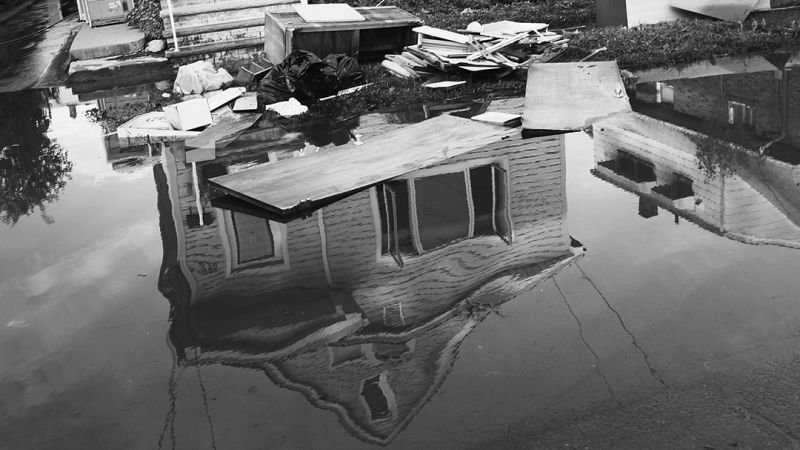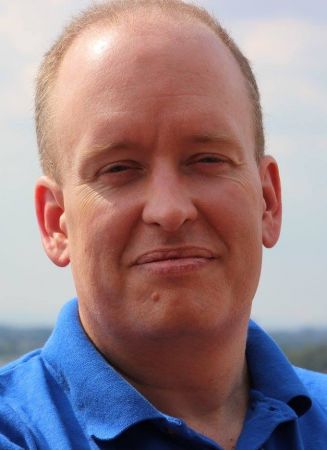Interdisciplinary team, including professors Paolo Bocchini (CEE) and Brian Davison (CSE), leverages probabilistic modeling experience in study of a discipline traditionally not explored in academia
A rigorous probabilistic approach to the study of disasters and their consequences, catastrophe modeling, or CatModeling, attempts to estimate potential events and their associated risks, including financial losses. Researchers take what they know about a particular scenario and incorporate methods from a variety of disciplines to make predictions about the likelihood of certain outcomes.
In the case of a hurricane, for example, researchers might gather data about past hurricane activity and details about the infrastructure in a particular region. They then build a model to predict the likelihood of the region experiencing losses in a similar storm in the future, as well as the potential cost of recovery from those losses.
Beyond natural disasters, decision-makers can use information from CatModeling to plan for rare events such as pandemics, financial crises, and political unrest.
Unlike most disciplines, which are born in academia and then applied in industry, says Paolo Bocchini, an associate professor of civil and environmental engineering, catastrophe modeling was born in the insurance sector as “a sister to actuarial science.” The information it generates can help insurance companies estimate losses and calculate premiums. Its use is not limited to the insurance industry, and it can help leaders at all levels make the best possible decisions about how to protect and ensure the recovery of their communities.
Bocchini, Brian Davison (a professor of computer science and engineering), and Daniel Conus (an associate professor of mathematics in Lehigh's College of Arts and Sciences), and their colleagues at Lehigh are leveraging a wealth of experience and expertise in their respective fields and their collaborative experience in probabilistic modeling to sharpen their focus on CatModeling, a discipline traditionally not explored in academia.

In recent years, major insurance companies have started to build their own catastrophe modeling departments to better prepare for extreme events. This has increased demand for professionals in the field. As a significant next step, the team has received a Lehigh Research Futures grant to tackle this next challenge: the launch of the Catastrophe Modeling Center and the development of an academic program in catastrophe modeling at Lehigh.
“The world has people who are interested in catastrophe modeling in industry, in consulting and occasional academics,” says Davison. “But what was interesting was that there was, in the U.S., at least, no focus area for that. And it seemed like it was a good match for what our experiences said we could do at Lehigh. [Establishing] an academic program in that area would be novel.”
Read the full story in the Lehigh Research Review.
Story by Kelly Hochbein


